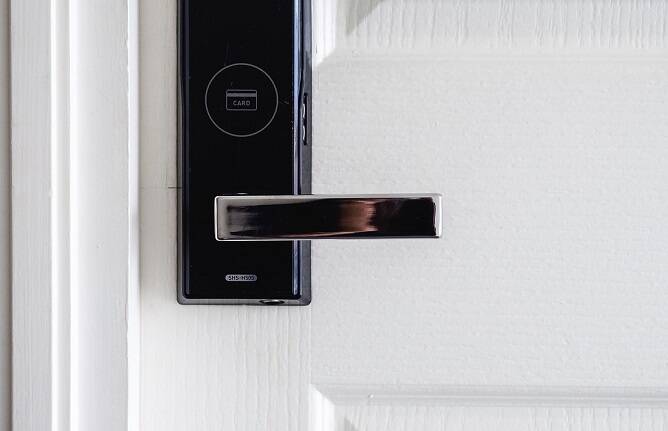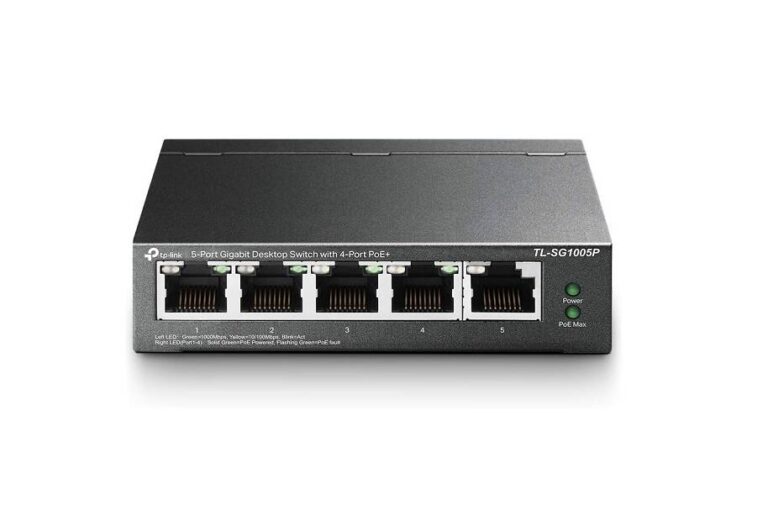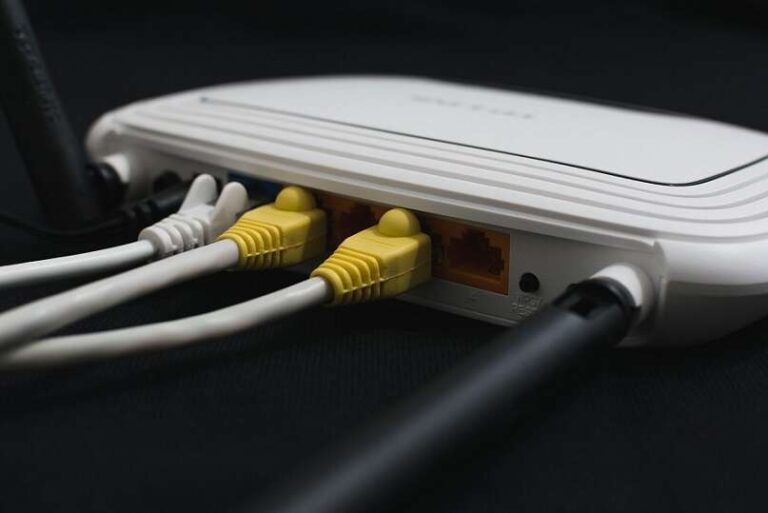How to Recognize and Report Illegal Surveillance
Illegal surveillance, the unauthorized monitoring of individuals, poses a significant threat to privacy and security. Recent studies suggest this is a widespread issue, with a World Privacy Forum report in 2021 indicating that up to 50% of employees believe they are being monitored by their employers in some way, with a significant portion unsure or unaware of the extent of that monitoring.
This highlights the pervasiveness of surveillance concerns, even in supposedly legal contexts, and raises questions about the potential for such monitoring to cross the line into illegality. It can have serious legal consequences, so understanding and combating illegal surveillance is crucial.

Recognizing the Warning Signs
While not always definitive, some signs suggest you might be under unlawful monitoring. However, consulting a security professional or lawyer for specific advice is recommended. Here’s what to watch for:
- Unusual Device Behavior: Frequent crashes, unexplained battery drain, or overheating on your devices could be caused by spyware monitoring your activity.
- Strange Sounds During Calls: Clicking sounds, static, or echoes during phone calls can be a red flag for wiretapping.
- Unexpected Pop-Ups: Persistent pop-ups or unusual ads might signify malware infections that could be monitoring your online activity.
- Unexplained Data Usage: A sudden spike in data usage on your phone or computer plan could indicate unauthorized data transmission by spyware.
- Altered Files or Applications: Discovering unknown applications installed on your devices or files that have been tampered with can be a sign of unauthorized access.
Taking Action: Reporting and Securing Yourself
If you suspect illegal surveillance, don’t hesitate to take action. Here’s a step-by-step guide:
1. Document Everything: Meticulously record your observations, including dates, times, the nature of suspicious activities (strange device behavior, unusual sounds during calls), screenshots or photographs of any evidence, and relevant emails or messages. Save this evidence in a secure, unalterable format like cloud storage.
2. Secure Your Devices: Before reporting, take steps to secure your devices and prevent further surveillance:
- Run Anti-Malware Software: Use reputable programs to scan and remove any detected spyware or malware.
- Update Software: Ensure all your devices’ operating systems and applications are up-to-date with the latest security patches.
- Change Passwords: Create strong, unique passwords for all your accounts. Consider using a password manager.
- Consider Security Apps: In some cases, using a security app for additional protection might be beneficial.
- Factory Reset (as a last resort): If you believe your device is heavily compromised, consider a factory reset, but only after documenting evidence as this erases all data.
3. Report to the Authorities: Once you have documented evidence and secured your devices, report the illegal surveillance to the appropriate authorities depending on your location and the nature of the surveillance:
- Local Law Enforcement: Contact your local police department to file a report. Provide them with all documented evidence and any additional information. You can also report online through their website if available.
- Federal Agencies: In some countries, agencies like the FBI handle cases of illegal electronic surveillance. You can contact the FBI’s Internet Crime Complaint Center (IC3) or visit their local field office. Many federal agencies offer online reporting options as well.
- Regulatory Bodies: Some countries have regulatory bodies that oversee privacy and data protection. Research the relevant agency in your location and report the issue accordingly.
4. Notify Affected Parties: If the illegal surveillance involves other individuals, inform them about the situation so they can take similar precautions.
5. Seek Legal Advice: Consulting with a lawyer specializing in privacy or cyber law can provide valuable guidance specific to your situation. They can help you understand your rights, navigate the reporting process, and take legal action if necessary.

Preventing Future Surveillance
By staying vigilant, you can minimize the risk of future surveillance. Here are some tips:
- Educate Yourself: Stay informed about the latest surveillance technologies and privacy threats.
- Use Encrypted Communications: Utilize encrypted messaging apps and email services to protect your communications.
- Regular Security Audits: Periodically review your devices and networks for vulnerabilities and ensure security measures are in place.
- Be Cautious with Public Wi-Fi: Avoid using public Wi-Fi networks for sensitive activities and consider using a Virtual Private Network (VPN) when necessary.
- Awareness of Social Engineering: Be cautious of phishing attempts and other social engineering tactics that can be used to gain unauthorized access to your information.
Conclusion
Illegal surveillance is a serious infringement on personal privacy and security. Recognizing the signs and taking appropriate action can help protect yourself and others. By following these steps, you can effectively document suspicious activities, secure your devices, and report to the appropriate authorities. Additionally, taking preventive measures will help safeguard your privacy in the future. In a world where digital privacy is constantly under threat, staying vigilant and informed is the best defense against illegal surveillance.
Certain content that appears on this site comes from Amazon. As an Amazon Associate, we earn from qualifying purchases. Read the full Disclaimer Here!






